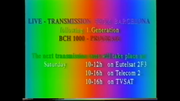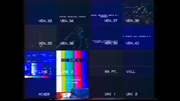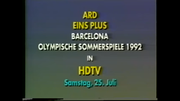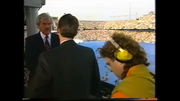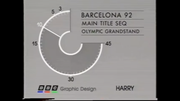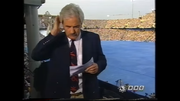MI
Oh, you're right, they seem to have split off into separate language versions, with only the French being at 19.2. That must have happened VERY recently, the multi-language version was still there a couple of weeks back! I'll miss the commentary-free audio track on Hotbird
It happened at 1pm UK time on 10th May.
Euronews is no longer offered in English on 19.2.
Oh, you're right, they seem to have split off into separate language versions, with only the French being at 19.2. That must have happened VERY recently, the multi-language version was still there a couple of weeks back! I'll miss the commentary-free audio track on Hotbird
It happened at 1pm UK time on 10th May.

